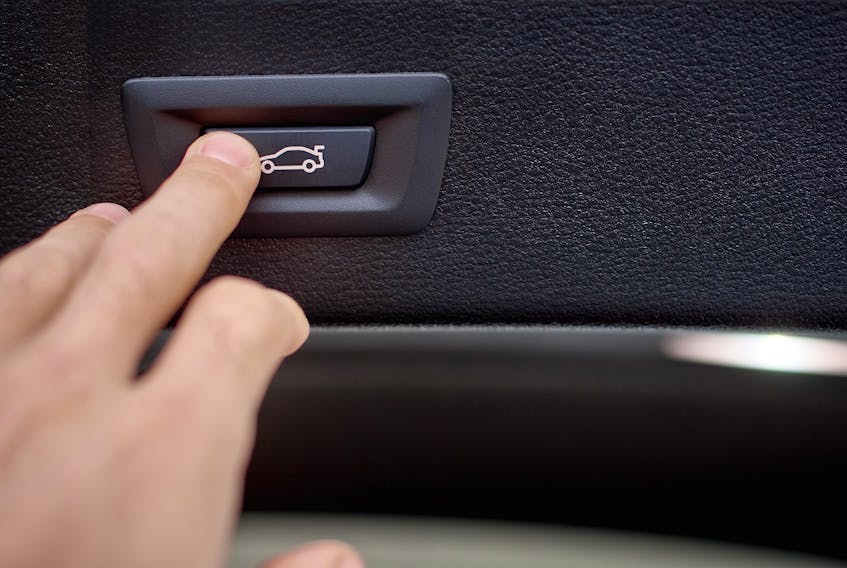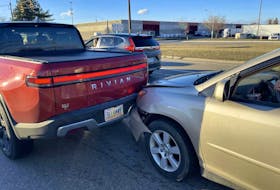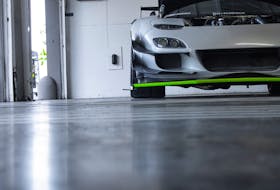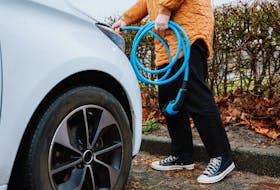By Lorraine Sommerfeld
You may not know it, but every passenger car built after 2002 has a trunk release mechanism built into the trunk.
It was mandated on September 1, 2001 by the U.S. National Highway Traffic Safety Administration (NHTSA) after years of lobbying that gained a vocal advocate in a woman who’d been kidnapped: Janette Fennell, of San Francisco.
Fennell and her husband were kidnapped in their own garage on October 29, 1995, and stuffed in the trunk of their Lexus. Their infant son was still in his safety seat in the backseat of the car, though he was later recovered unharmed. The kidnappers headed out with the Fennells trapped in their own trunk, not sure where they were going nor what was going to happen to them.
“…Janette started pulling on the carpeting in the trunk. She didn’t know why, exactly. But she was able to expose a bunch of wires, and she was pulling at them. [S]he thought that if she could make the lights flicker or flash, maybe someone would see it, maybe they would call 911, maybe the car would be pulled over…” according toAtlas Obscura.
After leaving paved roads behind, the kidnappers eventually pulled over, demanded cash, jewellery, bank cards, and PINs, and closed them back in the trunk, abandoning the couple. It was then that Fennell spotted a gap of light in the wires she’d exposed — the trunk release cable, wired to the activation button on the dashboard.
The NHTSA had been petitioned as far back as 1984 about the need for a release switch to be incorporated into the trunks of passenger cars, stating ”that persons such as alarm and stereo installers, mechanics, playful children, pranksters, and crime victims may be trapped in the trunk. The petitioner also believed an elderly person might fall into the trunk and thereby become entrapped.” At the time, the agency declared the chances remote that such entrapments would be likely.
From 1984 to 1998, the agency would receive two dozen more requests for action. In 1998, The National Safe Kids Campaign was asked by NHTSA to form a task forceto investigate the matter, no doubt compelled by the tragic deaths of 11 children in three separate occurrences within three weeks of each other in July and August of 1998. Children dying trapped in hot trunks was not a new phenomenon, but it was definitely one the auto industry could address.
“What often happens in these accidents is that a child, perhaps exploring or playing hide-and-seek, pushes down the back seat until it lies flat, creating a passageway into the trunk. After crawling through, the child kicks the seat back upright and unwittingly gets locked inside,” according to a FairWarning piece. Many could only imagine a child pulling a trunk lid closed, not realizing this is the more likely way they could become trapped.
Joining that task force was Janette Fennell, who had founded her own non-profit, Trunk Releases Urgently Needed Coalition (TRUNC) after her own horrific experience. They weren’t only petitioning for automakers to equip all cars with a trunk release; studies proved that children who find themselves trapped often went into a passive mode and waited for rescue. The release also had to be obvious to locate and simple to use.
If your car is a 2002 model or later, it has an interior trunk release lever or button. Keeping those children in mind, it will be an easy to locate glow-in-the-dark pull or button. Since the introduction of the device, no children have died in cars so equipped. Unfortunately, there were subsequent deaths in older models. If you have an earlier model car, you can get an aftermarket release for less than $50.
While the chances of getting kidnapped and stuffed in a trunk may be slim, the chances of kids playing hide-and-go-seek are far greater. Those presenting their cases to NHTSA were advocating for universal trunk releases, and some were thinking they were not required: two disparate groups. The FBI was asked if criminals, knowing there was an internal release in a trunk, would instead harm or immobilize their victims so they would be unable to get themselves freed. There were no studies on it, so they refused to guess. It came back to protecting children or others inadvertently locked in a trunk.
The same way we fight to combat children being accidentally left in car seats and dying from heat, we have to teach kids and remind parents about car safety even when the vehicle is sitting in the driveway.
Cars are not toys. You wouldn’t let your child climb under a car to play, don’t let them play inside it, either. Keep your parked car locked, and keep the key fobs out of reach of children. Locate the trunk release switch in your own car, and make sure it’s not covered by carpet or in any other way interfered with by trunk contents.
Explaining this to your child is your call: you either have a kid who will take it as information, or one who will see it as a challenge. I’d show mine.









